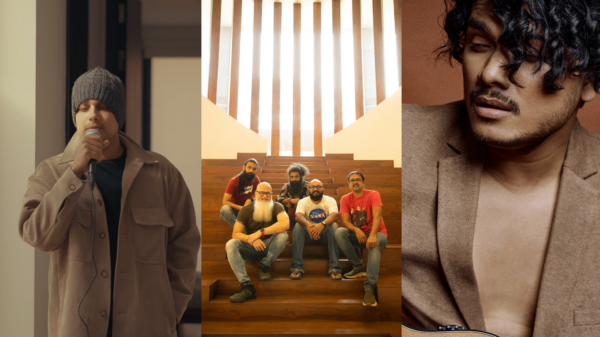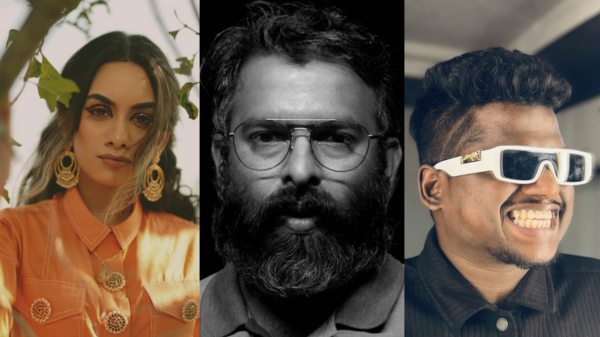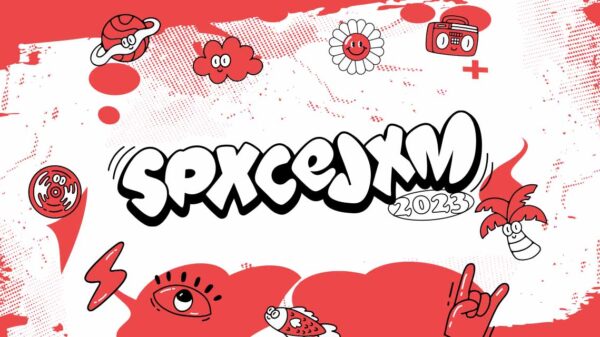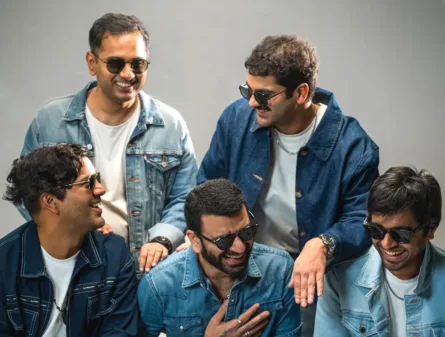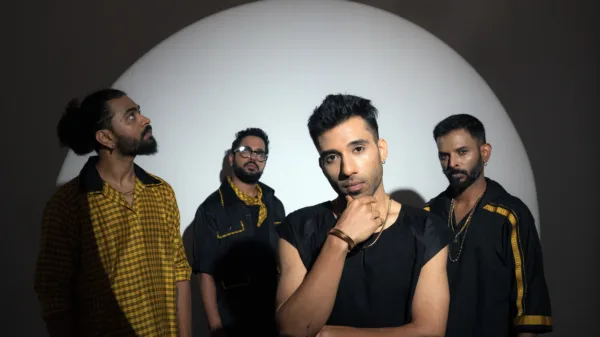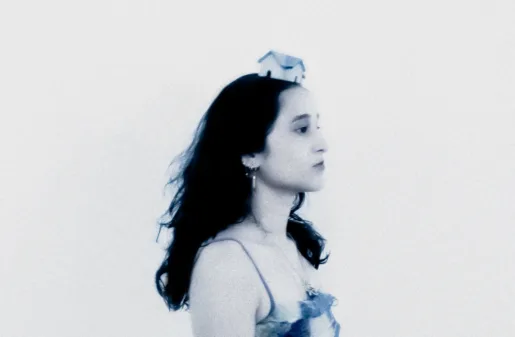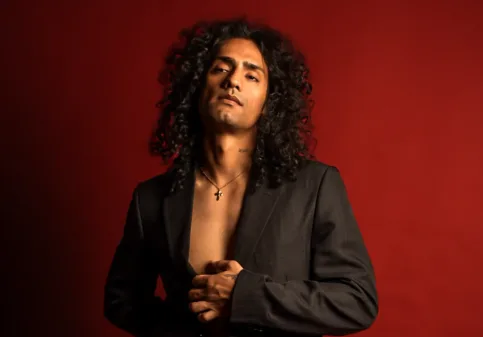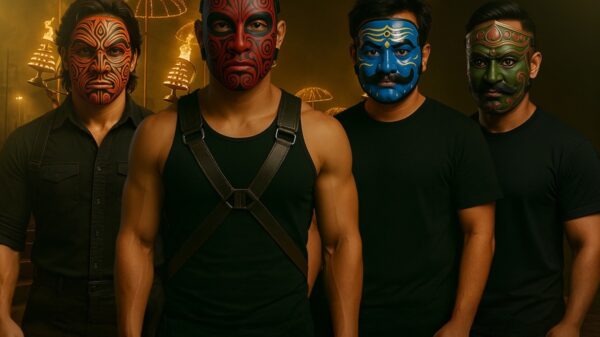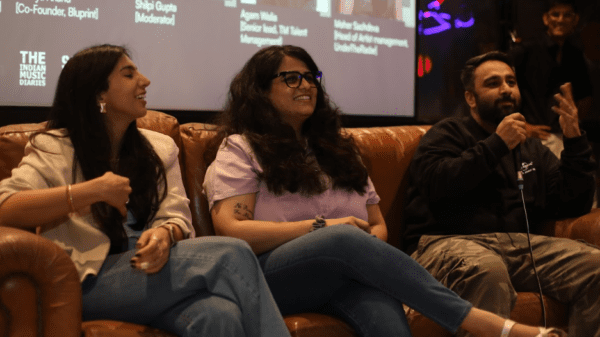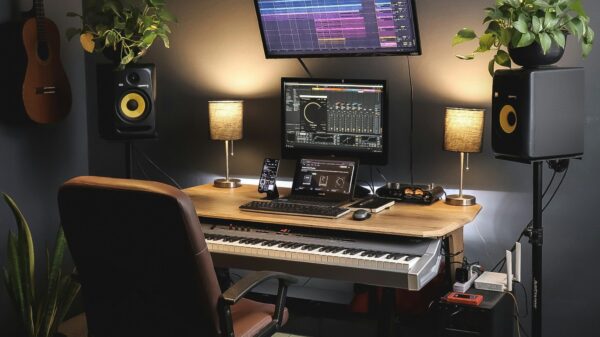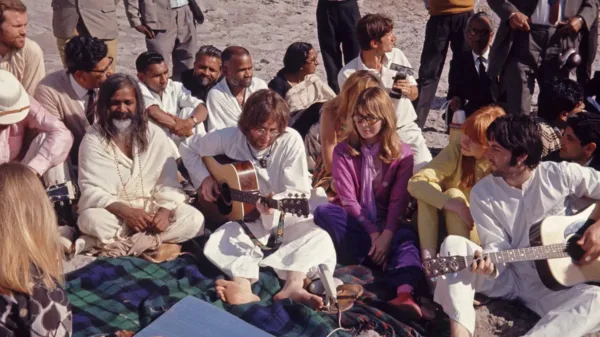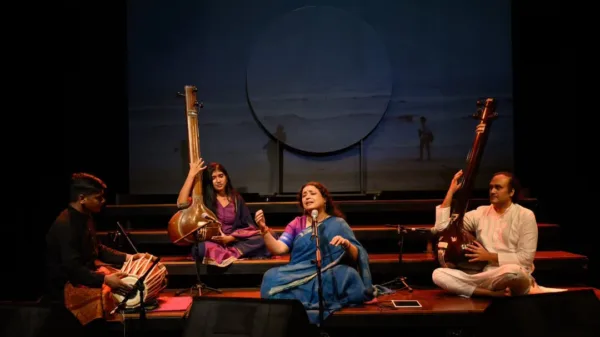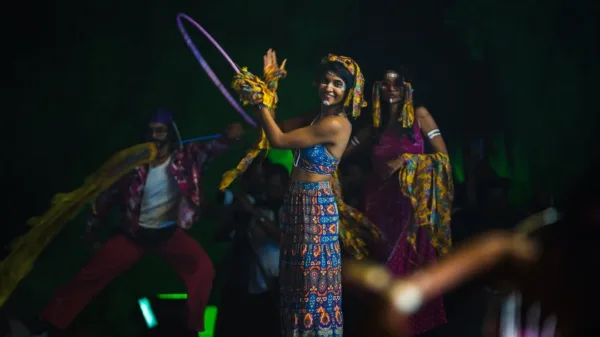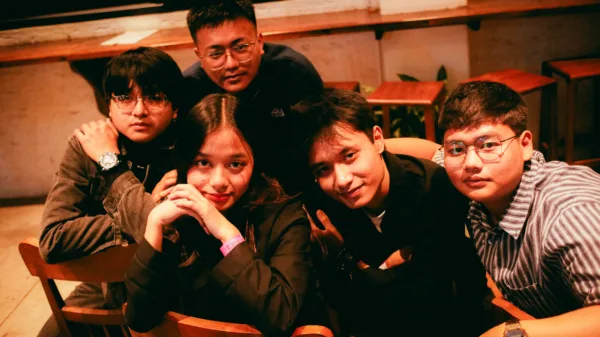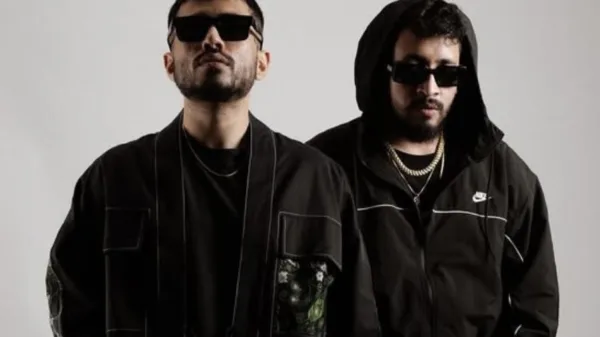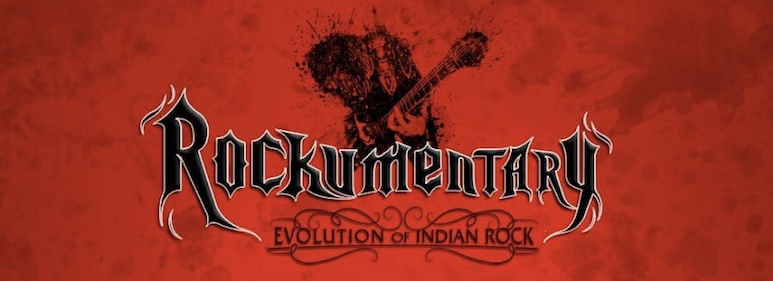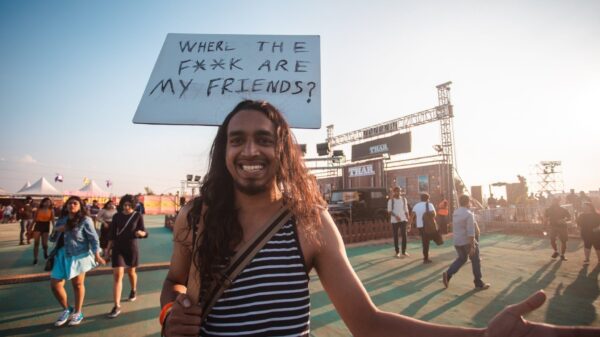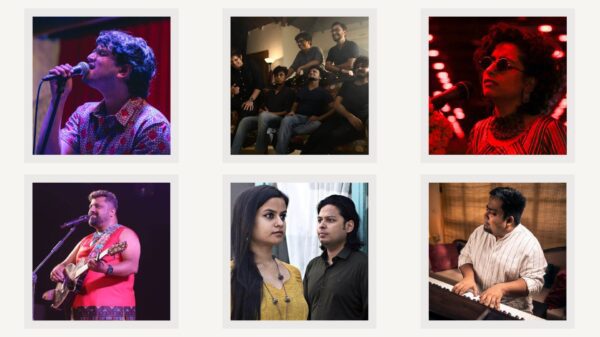The west has been an influential region for the Indian market since the British colonial era. Post-independence there was a movement in the music industry inspired by some great international acts that led to the formation of several groups particularly in Bombay, Calcutta & Delhi. With the passage of time, the 60s & 70s saw a gradual shift from Indian classical music to reggae, funk & even psychedelic rock. Abhimanyu Kukreja, a visionary filmmaker started his expedition to gather knowledge about the history and evolution of Indian Rock around 12 years back and compiled it into a ‘Rockumentary’, which he likes to call the documentary feature film based on the history and evolution of rock from the Indian sub-continent. Kukreja was aware of American, English & even the German rock sound but when the question “Where was the sound of Indian rock?” prompted him, he began researching about the same during the times when there was very scant virtual information available on the virtual world.
The film features interviews of veterans along-with established contemporary musicians who have been the essential attributes of the evolution of Rock n Roll in India. Some of the interviewees are Kanan Mohan, Rahul Ram, Gary Lawyer Subir Malik, Bobby Cash, Suryakant Sawhney, Susmit Bose, Rudy Wallang, Raman Negi, Neel Chattopadhyay, etc. The idea of this intriguing format came to Abhimanyu due to his experience as a music journalist back in the day, when he used to cover all aspects of Indian independent music and international acts that used to tour in the country. Despite the fact that he was working in a mainstream news channel, Kukreja pursued journalism in an unconventional way by not focusing on Bollywood music which almost all the media houses were doing at that time.

As much as the west has inspired India, some of the virtuosos like The Beatles, Rolling Stones, took elements from the Indian classical & infused them to form fusion and psychedelic rock in the 60s. The most popular example is the album Sgt. Pepper’s Lonely Hearts Club Band by The Beatles, which was heavily influenced by traditional Indian music. The documentary scrutinizes societal shifts from 10 regions in India and captures the journey of Rock pioneers formed in a distant era of the 1930s & 40s to the current generation of artists who are celebrated by millions of fans in India & around the world.
A country where the industry was primarily dominated by the sound of its rich classical heritage and Bollywood music, it took countless initiatives from the trailblazers to nurture rock n roll up to the point where it started dissolving into the youth culture. The hardships and circumstances faced by the musicians are highlighted in the film in-depth, the tough situations which they conquered made Indian Rock, the independent and flourishing genre it has become today. Although the focus and respect has always been on the art, there a lot of additional components that built the eco-system of the independent industry including record labels, magazines, radio, clubs, venues, theatres and pubs, all of these are illuminated in the film.
We got a chance to interview Abhimanyu Kukreja and asked some engrossing questions. Read below.
Q : What aspects do you think, make the Indian independent music ecosystem stand out from the ones abroad?

A – The Indian independent scene is quite different from the ones you see in western countries. The community here is quite closely knit and crosses various western music genres. For example, even if you see the independent music Indian audience, it’s the same audience that would attend a Rock show, then a Jazz one, and so on. While in western countries, the independent music audience is quite genre-specific. Like a Rock lover will not go for a Country music show and a Country music lover will not go for a Metal show. But here in India, it’s the same audience on average, that you would find in all these independent music shows and festivals, cutting across different genres:
Q : What was your process behind making this documentary? Was there a specific direction you wanted to take it in?

A – Necessity was the mother of my creativity in the film. Initially, I did not plan to be a protagonist in the film. I just went around shooting interviews and B rolls and parts of my journey between different cities. It was only after I finalised the script and was on the edit table, I realised that the 1960s, 1970s, and 1980s do not have many archival videos. Most of the band had pictures of their heyday and just running pictures on the screens would become very boring for the audience. Hence, I decided to use some of my own journey videos in between those pictures, so that the shoot at least looks new. Also, I realised that the audience would connect more with a personal journey going on in parallel to the story of Rock music in India. Another direction that I gave for the editing process was to make fast cuts and lots of montages, basically treat it like a feature film, rather than a documentary. Then in the Colour Correction process, we tried to give it a tone that would depict the era that the film section is talking about. Hence, you will see a lot of Black and White in it too.
Q : Any interesting anecdotes from your shoot?

A – The one I can remember is the day I was in Mumbai with a 2 day packed schedule which included interviewing Gary Lawyer in his house. That very day, something was wrong with my health and I was freezing even with a single drop of rainwater on me. I did not really understand but I felt very sick, and while I was at Gary’s place, he noticed it and asked me what was wrong. I was like, I have no idea but this is my last shoot in Mumbai and then I am flying off to Delhi. Somehow, Gary offered me the jacket that he had worn in one of the music videos running on MTV, and I felt very touched by this gesture because he did not really know me and was the second time we met ever! Once, back in Delhi, I got my health checked and it turned out that I had Chikungunya! So basically Gary Lawyer’s interview was taken when I had this dangerous contractible illness but I think Gary was fine!
Q : What were some of the best moments from the documentary making process?
A : The best moment is now! When you see your film in theatres! The making of a documentary that took us seven years had lots of laughs, cries, and struggles, days could get stressful. But the theatrical release is the moment that my entire team is going to cherish for the rest of their lives.
A total of 40 bands have been selected for interview on the basis of their outstanding contribution to Rock in India which includes – Agnee, Blue Temptation, The Local Train, Avial, The Vinyl Records, The Circus, Undying Inc, Peter Cat Recording Company, Summersalt, Soulmate, etc. ‘Rockumentary’ is going to be released in selected PVRs & the premier is taking place in Mumbai on March 5. Make sure you catch the show & watch the evolution of Indian Rock which once used to be considered as ‘Counter-Cultural’ but is now perceived as the popular music establishment.

